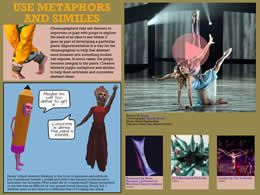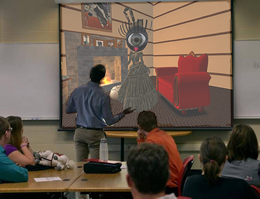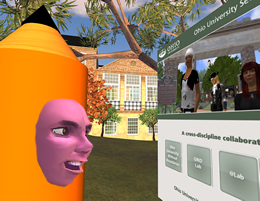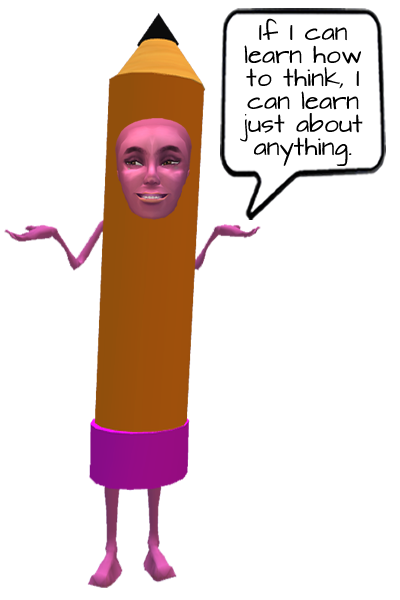HOMEDramafied Thinking Models Critical Thinking
Creative Thinking
Strategic Thinking
Symbolic Thinking Visual Learning Comics & Graphics
Videos & Film
Narrative Learning
Virtual LearningActive Learning Classrooms
Online & MOOC's
Virtual ImmersionInteractive Learning Mind Games
Games of Play
Writing Exercises
Self-Assessment Collaborative Learning
Peer Feedback
ESL Writing GroupsEdtech Industry Equity Partners
Procurement Into the FutureAbout the AuthorContact
- Active Learning
- Classrooms
- Online & MOOC's
- Virtual Immersive
Active learning asks learners to shoulder the responsibility for gaining new knowledge and skills. This may be due to the differing skills of learners in a single classroom, homeschooling or other reasons. Regardless of the context, content needs to continually engage learners to assure they complete their coursework. Training of Thought focuses instruction on researching and synthesizing new knowledge using tools learners have likely developed searching the internet on their own for information that interests them. Learners are offered hyperlinks to credible sources and media that supports their studies. The comics and narrative of Training of Thought bypasses the differences amongst learners when they focus on the ideas and opinions of the characters rather than themselves. Using art, popular culture and reality shows supports each module of Training of Thought to maintain retention and keep learners engaged through to completion. |
Learning to think includes understanding what is and isn't art, and why that is so
|
Learners do not come to the classroom with the same level of thinking skills, especially in high school and higher education. Educators are required to:
Although technology is not yet used in all classrooms, eventually it will be and most learners will possess or have easy access to a computer. Educators and learners can pick and choose learning modules from Training of Thought that best suit the needs of each learner. This allows educators to give special attention to thelearners who need it. Because the characters of Training of Thought are avatars, they can appear on screen in real time in classrooms to answer questions or they can appear in videos to offer further instruction. |
Learners may find they are more open talking with an avatar than with another person.
|
Online education and MOOC’s (massive open online courses) are the right solution for many learners. Learning thinking skills is integral to their future success. However, many learners may not see the value of enhancing their thinking skills because there may not be an immediate payoff that addresses their specific needs. |
When used effectively, reality shows promote the development of thinking skills.
|
Some colleges and universities currently maintain a permanent residence on various platforms, especially Second Life™. Learners experiment with tools that support a wide range of skills development. Additionally, this is an environment in which they can interact with experts and other learners from around the world. Training of Thought has experimented extensively with using virtual worlds for presentation and interaction with audiences through:
As the technology improves, more opportunities will evolve for educators and learners to interact in virtual worlds. |
Credible institutions are willing to experiment and innovate.
|

Visual Learning
Active Learning
Interactive Learning
Collaborative Learning
Edtech Industry
Into the Future
About the Author
Contact
